The architecture of the past embodies the colour and identity of the cultures of the civilisations that have inhabited the earth. It is hard to imagine a greater diversity than the buildings that have been constructed in different parts of the world at different times. Ecclesiastical canons, the talent of architects, the development of technology, the whims of ruling elites and a host of other factors have all contributed to the diversity and specificity of urban planning styles. This blog provides an overview of the countries that have preserved their historic buildings to the greatest extent possible.
France
France is one of the most developed and influential countries in the world and the oldest in Europe. From the cold and rainy English Channel to the gentle Mediterranean, the country's territory encompasses a wide variety of climatic and natural zones. France has a highly developed multi-sectoral industry: from the production of space satellites and ultra-modern aeroplanes to food and wine production. National science, education and medicine are not at the forefront of industry. Every year, France tops the list of tourist destinations, which is only natural. Its seaside, ski and medical resorts have been world famous for centuries, and the famous and varied French cuisine is considered one of the key elements of the country's quality of life and attractiveness. Throughout its long and rich history, French art and culture have played an important and far-reaching role on a global scale. The country's capital is the world's leading city in terms of museums, and the diversity of French architecture is the envy of any city in the world.
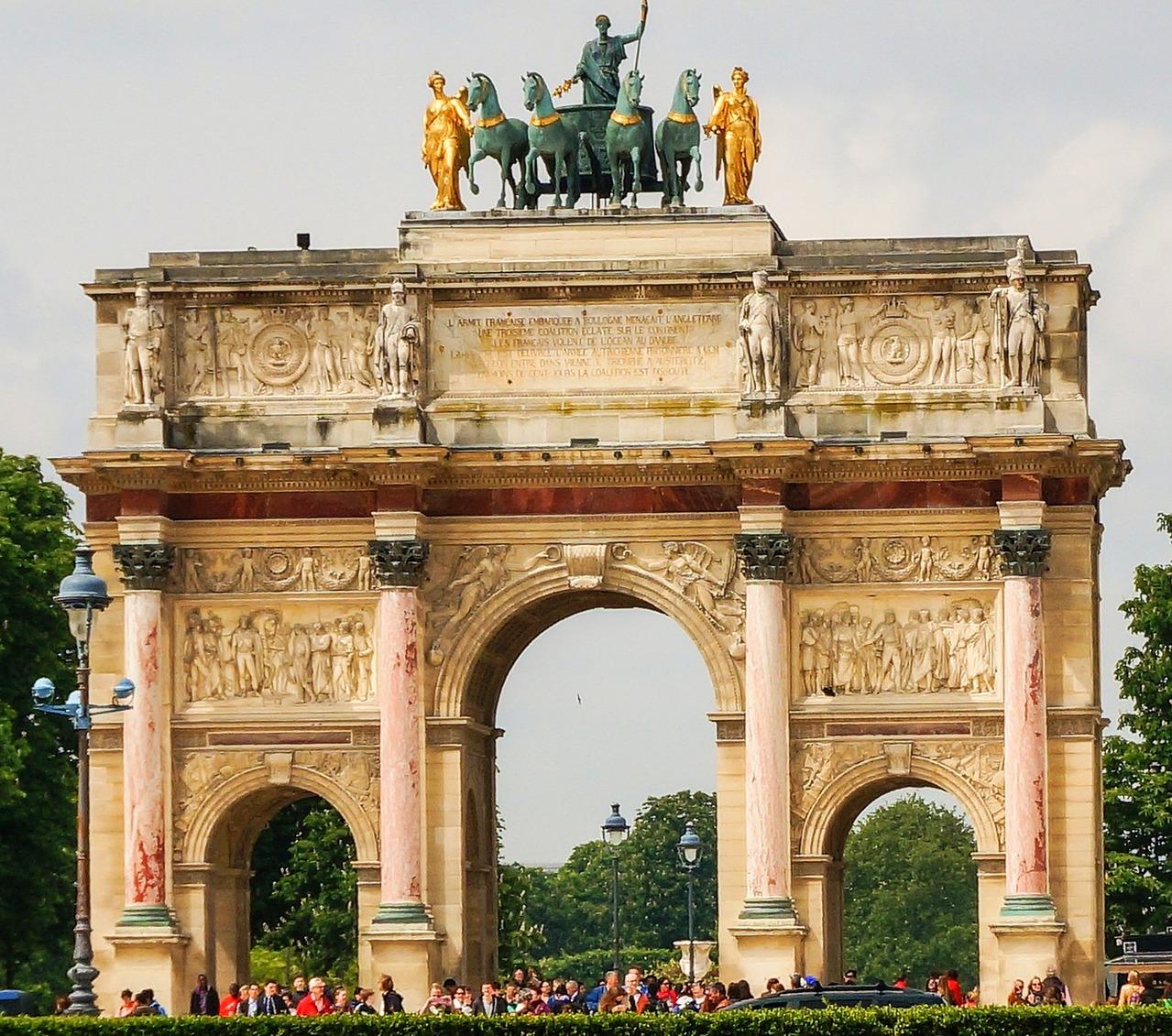
The origins of architecture date back to Roman times and are divided into the following styles, depending on the period:
- Roman style - was the first coherent set of building canons to emerge in Europe during the Middle Ages. Buildings are characterised by strong walls and columns from which domes, including those with high spires, 'grow'.
- Gothic - emerged in the mid-12th century and is characterised by lancet arches, light buttresses and high ceilings. The most prominent example of French Gothic is the Cathedral of Our Lady of Paris.
- Renaissance is a common architectural style of castle construction for the royal family of France. The luxurious palaces of Fontainebleau and the Louvre are examples.
- Baroque - the era flourished during the reign of monarchs Louis XIII, XIV and XV. The embodiment of the style was an open, three-winged design with a central focus. Colonnades and domes were used to emphasise the power and authority of the rulers. The Palace of Luxembourg and especially Versailles are considered icons for all subsequent French Baroque designs.
- Rococo was a frankly asymmetrical, flamboyant and overly decorative style. It brought a sense of fun and informality to serious building projects. For many specialists, Rococo became a symbol of bad taste.
- Neoclassicism - the style suggests a return to more restrained design as architects moved away from the excesses of Rococo. Long, blank walls and clean lines became the order of the day, as did the liberal use of friezes and columns.
- Haussmann - The mid-19th century style transformed the streets of French cities, adorning them with colourful apartment buildings with mansard roofs.
It is worth noting that all these styles confirm the diversity of French architecture and are a real stimulus to the ongoing process of its study by historians, tourists and architects.
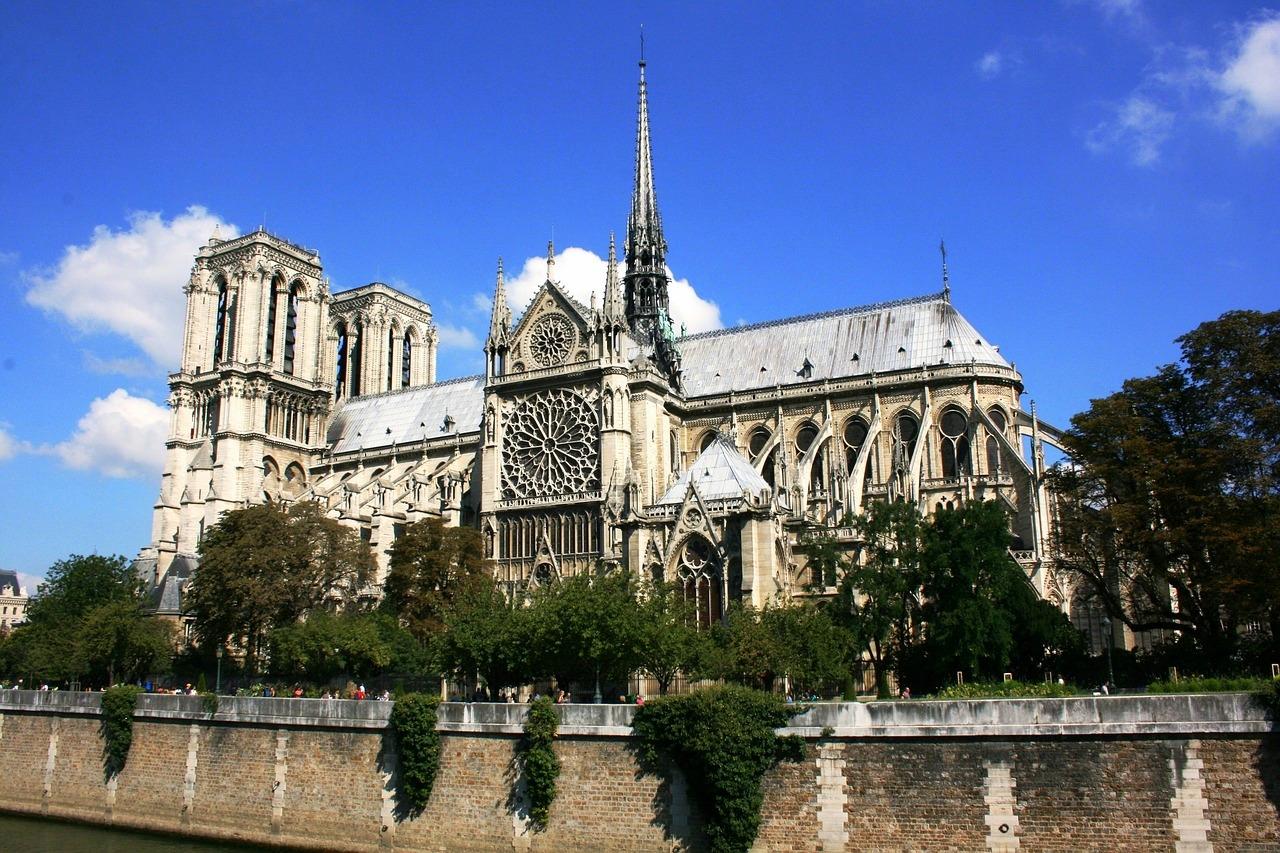
Egypt
The Arab Republic of Egypt is one of a small group of countries whose territories lie on two continents. In this case, we are talking about the north-eastern tip of Africa and Middle East Asia. The country has a total population of over 100 million, of which around 25 per cent live in the metropolitan area, making Cairo the most densely populated city on the African continent. Egypt has a sunny, hot and dry climate with minimal rainfall. The country's main income comes from the operation of the Suez Canal, the production of hydrocarbons on the Red Sea shelf, tourism and agriculture, particularly in the fertile, silt-rich Nile Valley. The homeland of the pharaohs is informally divided into two parts: Upper Egypt in the south and Lower Egypt in the north, which follows the course of Africa's longest river into the Mediterranean. 90% of Egyptians are Muslims, and about 10% are Copts, one of the oldest branches of the Christian religion.
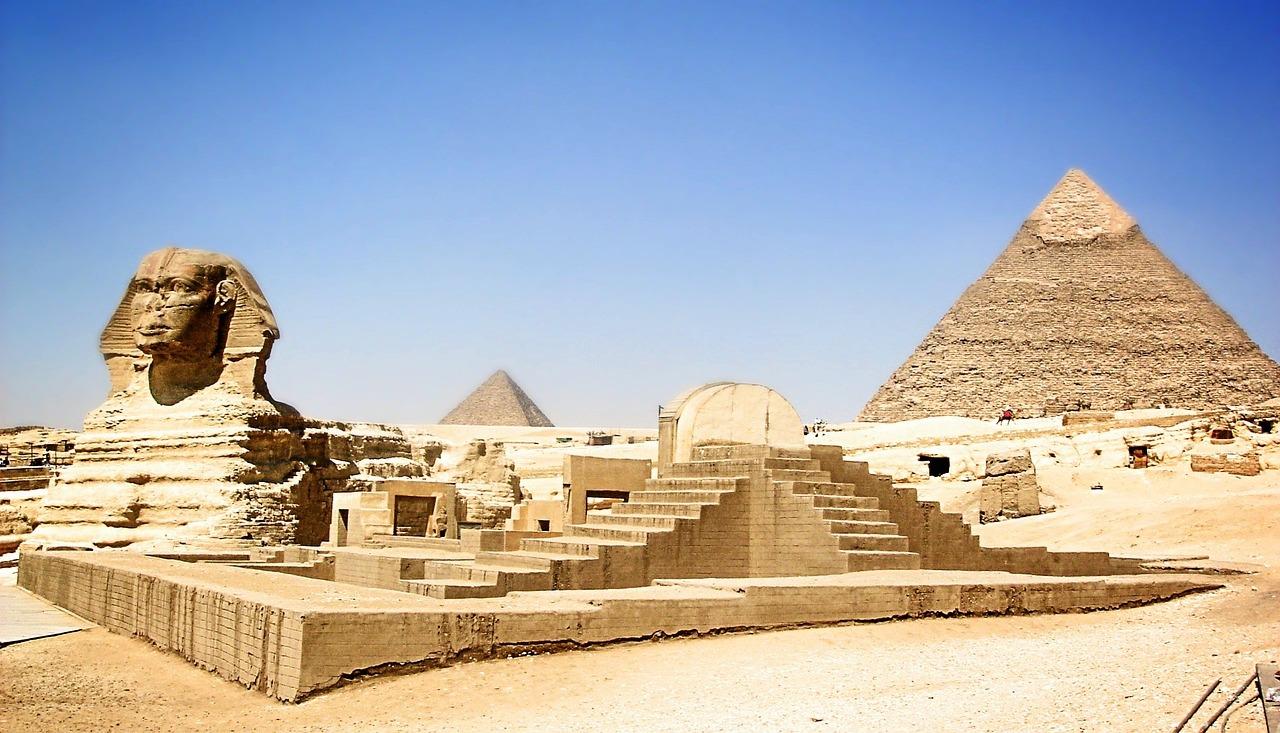
Egypt is one of the oldest countries on the planet and is considered by many to be the cradle of civilisation. Numerous architectural monuments from different eras, dating from around 3000 BC to the present day, bear witness to the long and troubled history of this Arabian state. In those ancient times, architecture was strongly influenced by the relationships and beliefs that the local people had with kings and gods. Due to the scarcity of wood, the predominant building materials were mud bricks and limestone. The former was used for the construction of tombs and funerary temples, the latter for royal palaces, cult temples, fortresses and the houses of local priests. A similar division can be seen in the architecture of tombs, temples and pyramids throughout the country. A classic example is the pyramid complex + Sphinx at Giza, a world famous tourist attraction and one of the Seven Wonders of the World. Ancient Egyptian buildings are characterised by symmetry, balance, grandeur and correct geometric forms. Hieroglyphs, carefully carved into the walls, describe real or mythological events and phenomena, objects or personalities. The architecture of sunny Egypt as a whole reflects the long social, historical and religious journey of the state.
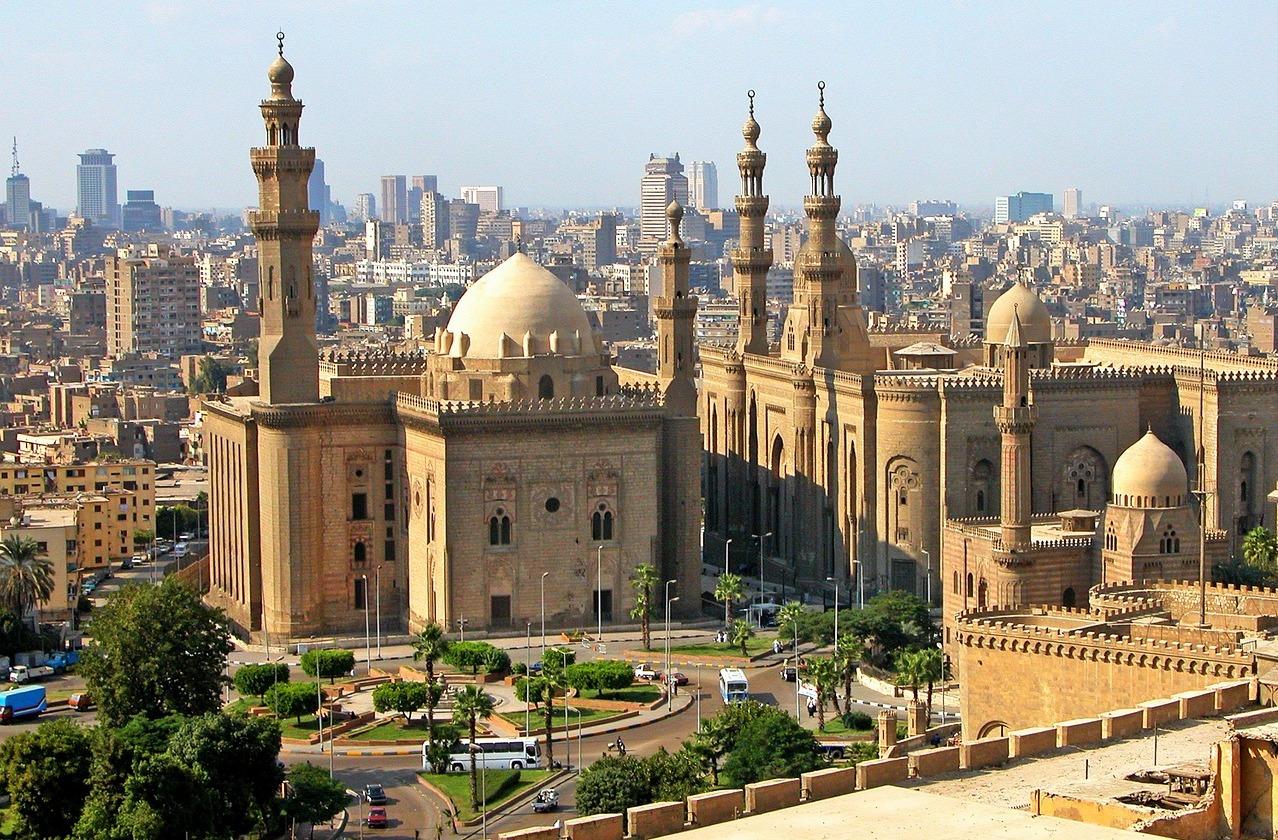
Italy
Italy is the most picturesque country of our time, stretching from the cool Alpine ranges and lakes in the north to the hot Mediterranean coast in the south. In addition to the Apennine Peninsula, visible from space and surrounded on three sides by sea, the country has two of the largest islands in the Mediterranean - Sicily and Sardinia. Italy is famous for the beauty and harmony of its cities and the diversity of its natural areas and landscapes. It is also renowned for its industrial beauty, with world-renowned fashion, automotive and furniture industries. The world's first opera house and the first official casino were opened in Italy. Other discoveries include pocket calculators and sunglasses, batteries and barometers, stringed musical instruments and even cologne. The country is famous for its delicious and varied cuisine, wine making, comfortable resorts, many festivals and exhibitions. The Apennines are home to the largest number of UNESCO World Heritage sites, spread across the country. Along with Greece, Italy is considered the cradle of Western culture, and the names of Leonardo da Vinci, Michelangelo, Titian, Raphael, Rastrelli and Rossi are the pride of the art world.
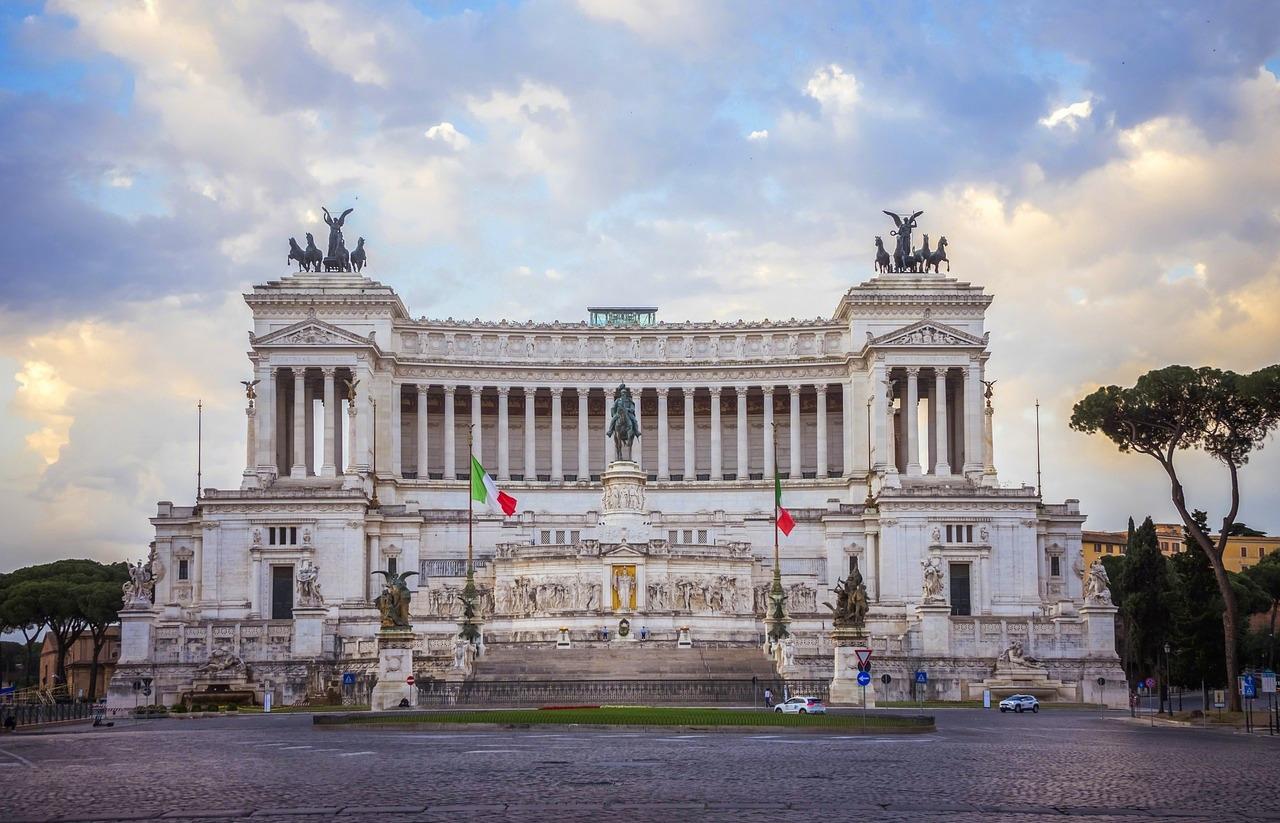 According to various estimates, the number of historically significant objects reaches 100,000, divided into the following styles
According to various estimates, the number of historically significant objects reaches 100,000, divided into the following styles
- Ancient Roman architecture, characterised by arches, domes, vaults and triangular pediments. It includes the Roman Pantheon, the Colosseum and the Forum.
- The Renaissance period. Characterised by symmetrical buildings, columns, arches and imposing facades. Examples include St Peter's Basilica in the Vatican and the Duomo in Milan.
- Byzantine period, during which many churches were built with paintings and mosaic frescoes.
- Gothic. Characterised by sharp spires, arcuate arches (semicircular arches on the outside of buildings) and luxurious stained-glass windows, this style adorns medieval cathedrals in Siena and Milan.
- Baroque, with Rome at its centre. Stylish decorative fragments such as frescoes, gilded statues and concave forms are vividly displayed in Rome's Trevi Fountain.
- Rococo. Originally from France, this style spread to Italy and inspired architects to create many fine buildings, such as the Stupinigi Palace near Turin, richly decorated with frescoes and exquisite sculptures.
- Neoclassicism is a comparatively ascetic style with symmetry of lines, blank walls and columns.
In Italy, from the time of the Roman Empire to the XX century, there is a rather eclectic set of historical architecture. According to experts, it had a great influence on world urban planning, especially during the Renaissance.
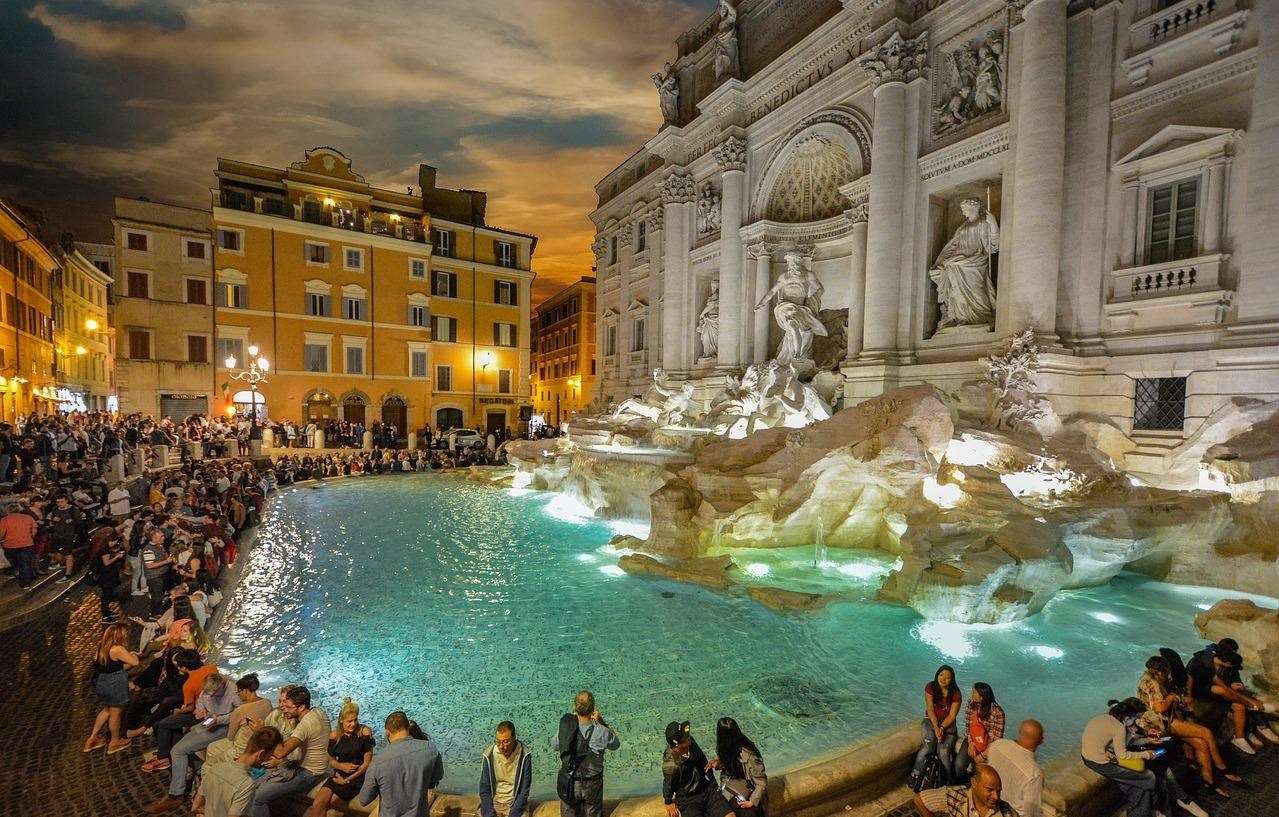
Malaysia
Occupying the southern part of the Malaysian peninsula, Malaysia is one of the fastest developing countries in Southeast Asia, known as the 'Asian Tigers'. A mix of rapid progress and a colonial past, the country has its origins in the Malay kingdoms that became subjects of the British Empire from the 18th century. In recent decades, Malaysia has built a new industrialised economy based on manufacturing, high-tech production, radio electronics and other innovative fields. There are also developed light and automotive industries, agriculture and tourism, including medical tourism. Due to its favourable geographical location, the country is a transport hub for world trade: 40% of the world's trade passes through the Malaysian peninsula. The national cuisine is spicy and based on rice, seafood, vegetables and fruit. Malaysia is a tropical country with high temperatures and humidity, high rainfall and periodic cyclones. It is a multinational and therefore multicultural state where Islam is the official religion. Malay, Chinese, Indian and Middle Eastern cultures blend harmoniously. It should be noted that the local architecture is characterised by the complexity of the structures, and in terms of the density of historic buildings, Malaysia is the leader in this region of the world.
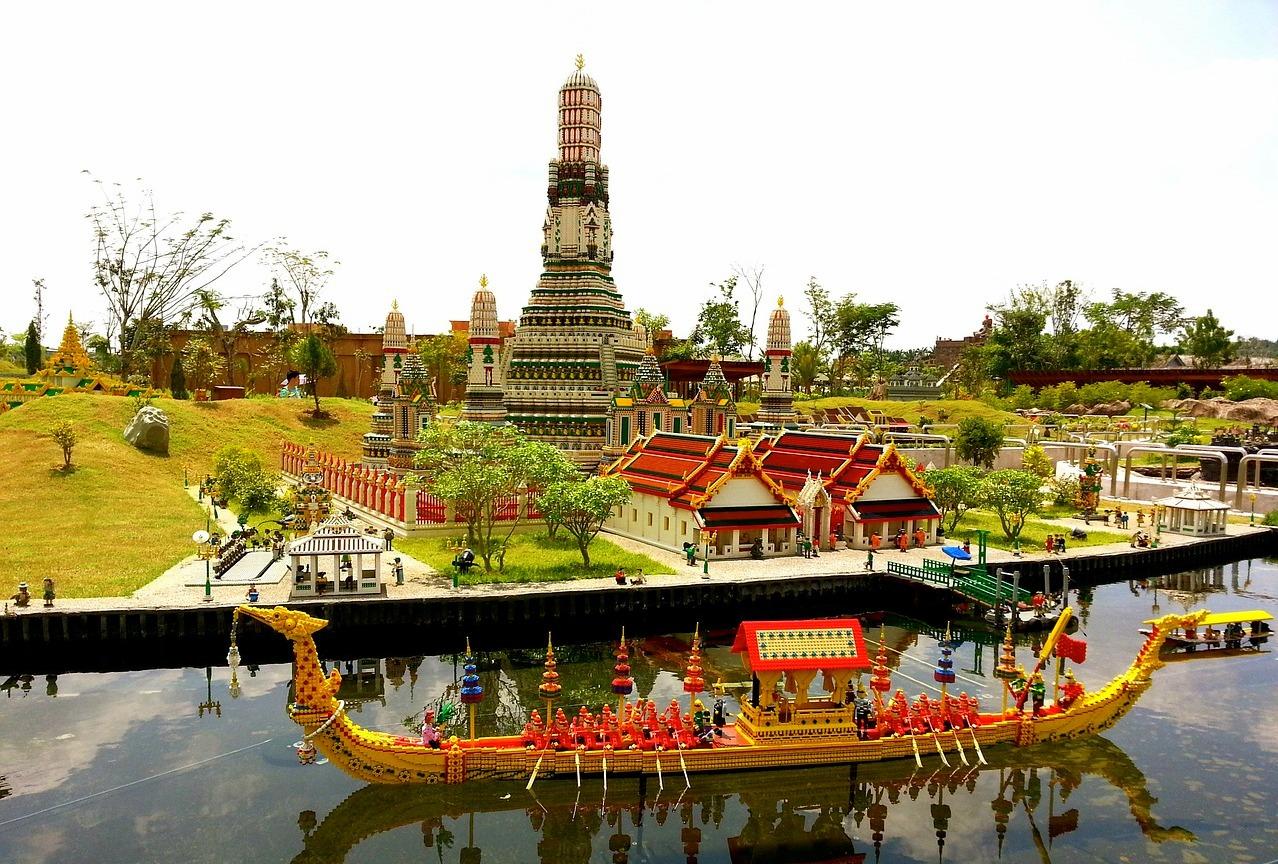
The main architectural styles include British Colonial, Peranakan, Malay and Islamic. The capital, Kuala Lumpur, can be described as a city of contrasts, where the famous modern Petronas or Telecom towers stand next to traditional, utilitarian wooden neighbourhoods and colonial buildings that are more than two centuries old. Wood and bamboo are the main materials used to build Malay houses, and the most striking and colourful feature is the curved stepped roof with detailed carved ornamentation. One of the architectural features of Malay houses is that they are usually built without nails. A typical example of a colonial building is the railway station in the Malaysian capital, while the Peranakan style is characterised by a Chinese-style courtyard, English tiles and an external wooden staircase. Notable architectural monuments of historical significance showcasing a range of styles include the Kek Lok Si Temple, Penang Town Hall, Jamek Mosque and the Malacca Sultanate Palace Museum. The abundance of buildings from different eras and designs adds water to the tourism mill and vividly demonstrates the national identity of the Malays.
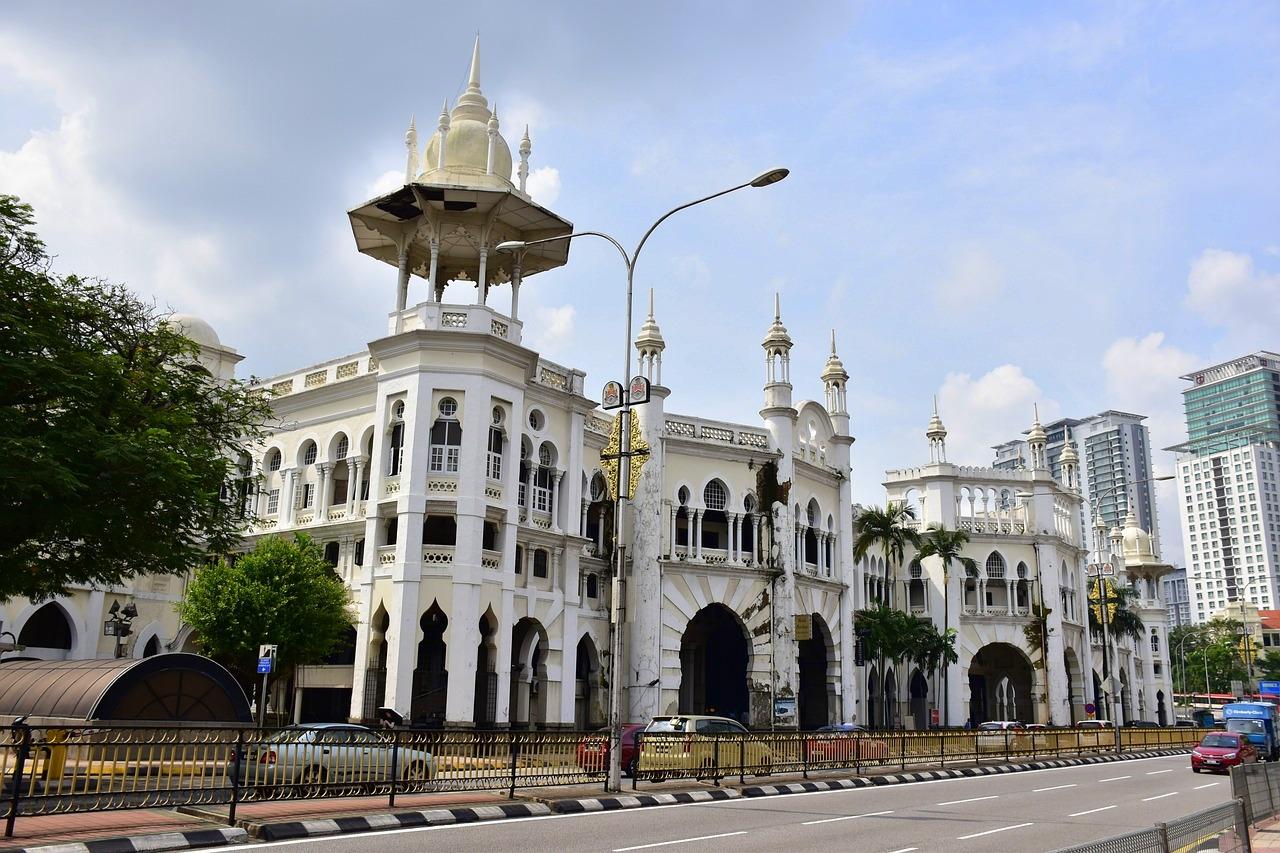
Cyprus
Situated on the eastern side of the Mediterranean Sea, Cyprus, according to the local poet Leonidas Malenis, is made up of mountain ranges, fertile valleys and long sandy beaches. Thanks to its first-class resorts, bright sunshine, emerald sea and delicious Mediterranean cuisine, the island is visited by millions of tourists from all over the world every year. The country is one of the world's largest shipping nations and an active user of alternative energy sources. Another driving force of the Cypriot economy is the construction industry, which offers investors a wide range of properties at different price points. The attractiveness of the economy is based on a humane tax policy, government incentives and special programmes for sought-after professionals. Such measures have led to a steady development of high-tech and start-ups in recent years.
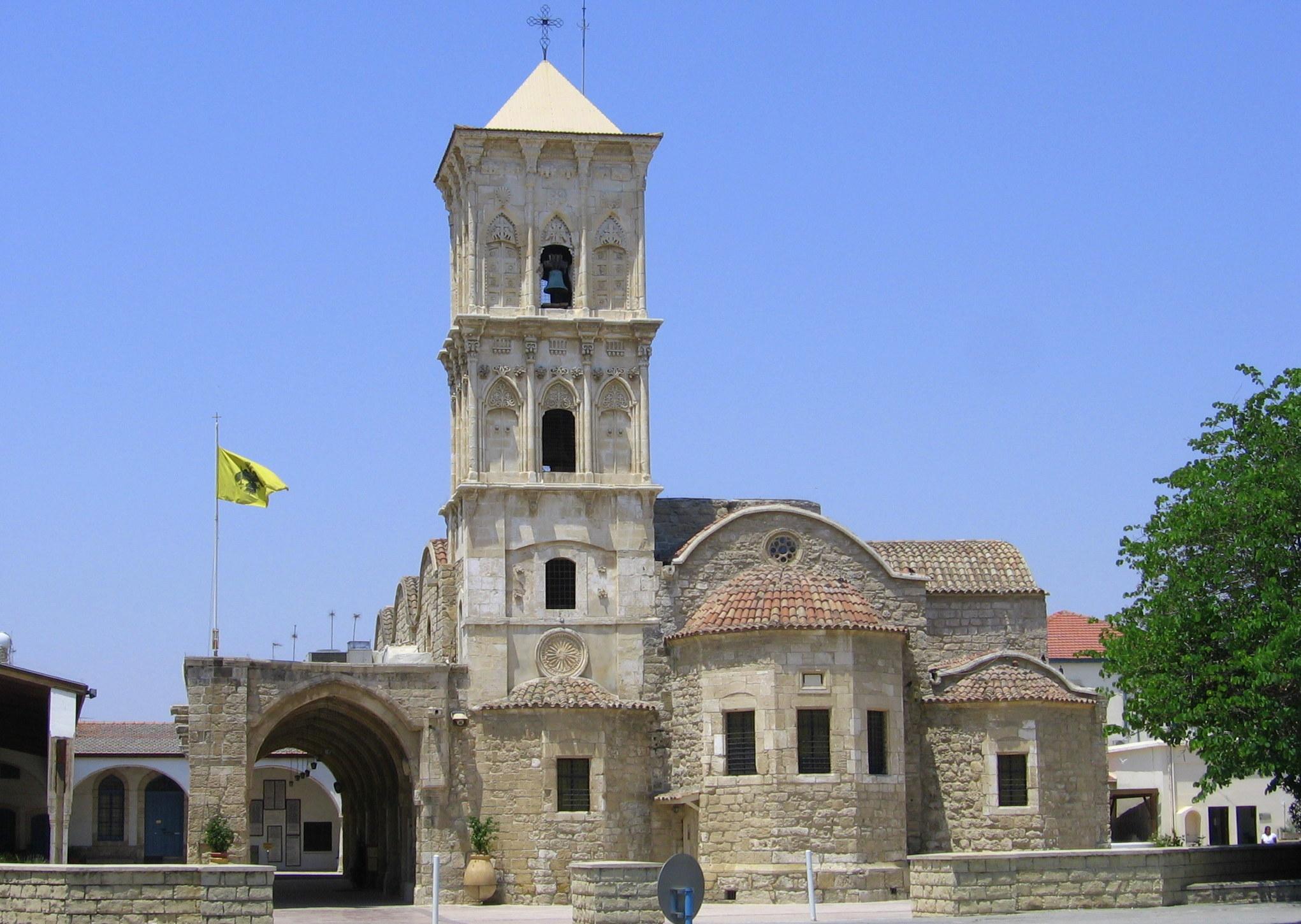
The sunny island boasts a rich cultural heritage, of which historic architecture is a key component. For centuries, Cyprus has been at the crossroads of several cultures, each of which has left its mark on the design of its buildings. The Ancient Greek style, exemplified by the amphitheatre in Paphos, can be considered the first architectural style to be ordered and shaped on the island. The church of Agios Lazaros in Larnaca is an example of the Byzantine style with its domes and intricate stonework. The monastery of Kykkos, built in the 11th century, underlines the religious and cultural importance of the Byzantine influence. Venetian rule gave priority to defensive structures as Cyprus had to defend itself against the growing threat of the Ottoman Empire. The Venetian wall in Nicosia is a reminder of this period. The arrival of the Ottomans significantly changed the architectural appearance of the island with the appearance of mosques and fountains. The most striking example of buildings from this period is the caravanserai of Büyük-Khan. The British colonial period brought new architectural trends, especially in the form of public, educational and administrative buildings. The Presidential Palace in Nicosia is an example of this. Barracks, roads, bridges and other infrastructure were also built under the British. Throughout history, stone has been the main building material on the island. A mix of architectural styles, creating a unique aesthetic and capturing the spirit of history, can be seen in different parts of Cyprus.
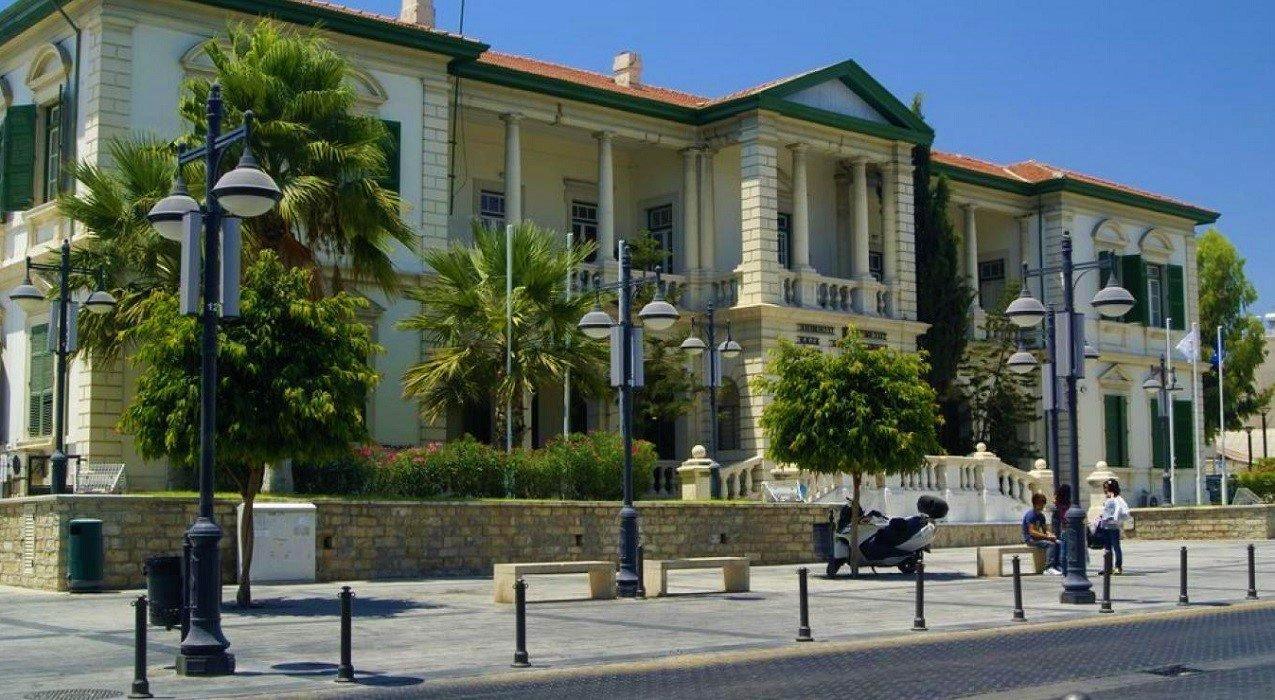 Mexico
Mexico
Located on the North American continent and washed by the Gulf of Mexico and the Pacific Ocean, subtropical Mexico is the largest Spanish-speaking country in the world in terms of population (about 130 million). Its main economic activity is the mining of minerals, especially silver. The country has also developed metallurgy, mechanical and automotive engineering, chemical industry and agriculture. Due to its geographical location, it plays an important role in international trade, especially between the highly developed USA, Canada and Latin America. As a result, Mexico has a well-developed transport infrastructure, especially air transport. The national cuisine includes an abundance of spicy and sweet sauces and peppers, vegetables, meat and corn. The country's vibrant capital, Mexico City, is one of the most densely populated cities in the world, and the local population contrasts wealth and extreme poverty with a limited middle class. International tourism plays an important role, mainly due to the variety of holidays, exotic nature, comfortable resorts and numerous historical artefacts. The architecture of the country as a whole can be divided into several creative periods, the first of which is recognised as pre-Columbian. During this period, there was an increase in the quality and complexity of the designs of buildings, mostly constructed of stone, throughout the country. The most monumental projects of this period are the stone pyramid complexes, usually built in the centres of political and religious life. Mexico has hundreds of such pyramids from different periods, especially from the Mayan culture. The first thing that tourists associate with Mexico are the majestic and mysterious monuments of the Mayan civilisation.
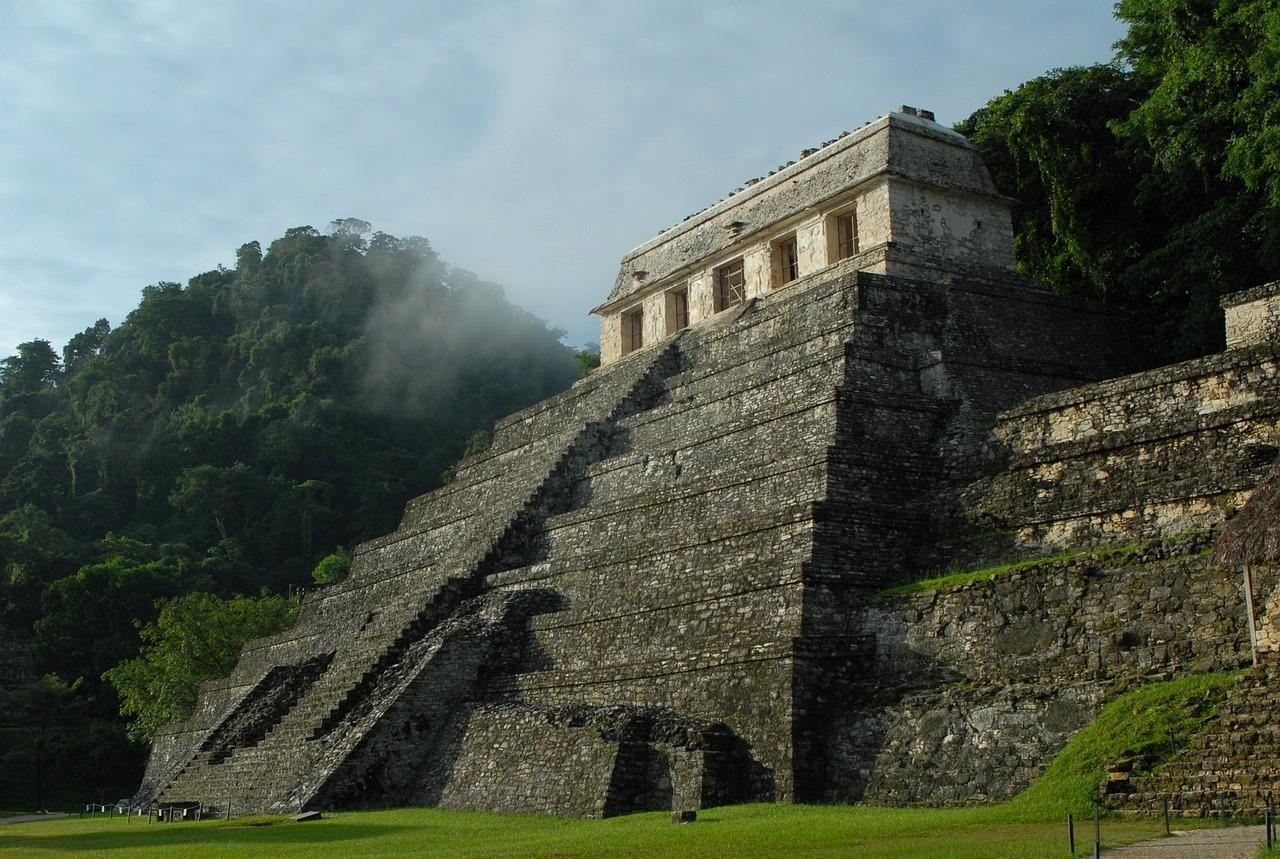
Today, many of the civilisation's sites have been reclaimed by the jungle, but the pyramids have traditionally remained centres of tourist interest. Next is the Puuc style, which developed in the west of the country. The main construction method is a concrete or rubble core covered with hewn stone cladding. Buildings often use columns, boot-shaped stones and mosaic upper facades. New Spanish or colonial architecture is represented by majestic cathedrals and buildings in the Baroque and Mannerist (a type of ornament and decoration) styles. An example of the latter is the cathedral of Mérida in Yucatán, one of the oldest in the New World. One of the directions of this style is Indian-Christian, as the indigenous peoples of Mexico interpreted European architectural features in their own way. Later, from the XVI to the XVIII century, there was a period of Mexican Baroque, which came from Europe and in which the buildings are saturated with decorative elements. The opulence of the classical Baroque, with its inherent mixes and excesses, found its greatest expression in Latin America, as exemplified by the Cathedral of Mexico City. Another characteristic of Mexican Baroque architecture is the abundance of bright colours. Finally, Neoclassicism, exemplified by the famous Mineria Palace in the capital. Progressive architects who promoted this style were inspired by the clean lines of Greek and Roman architecture and sought to exclude the pretentious Baroque, which was already considered to be in bad taste. As a result, the Spanish conquest of Mexico manifested itself not in warfare but in the construction of infrastructure and new buildings.
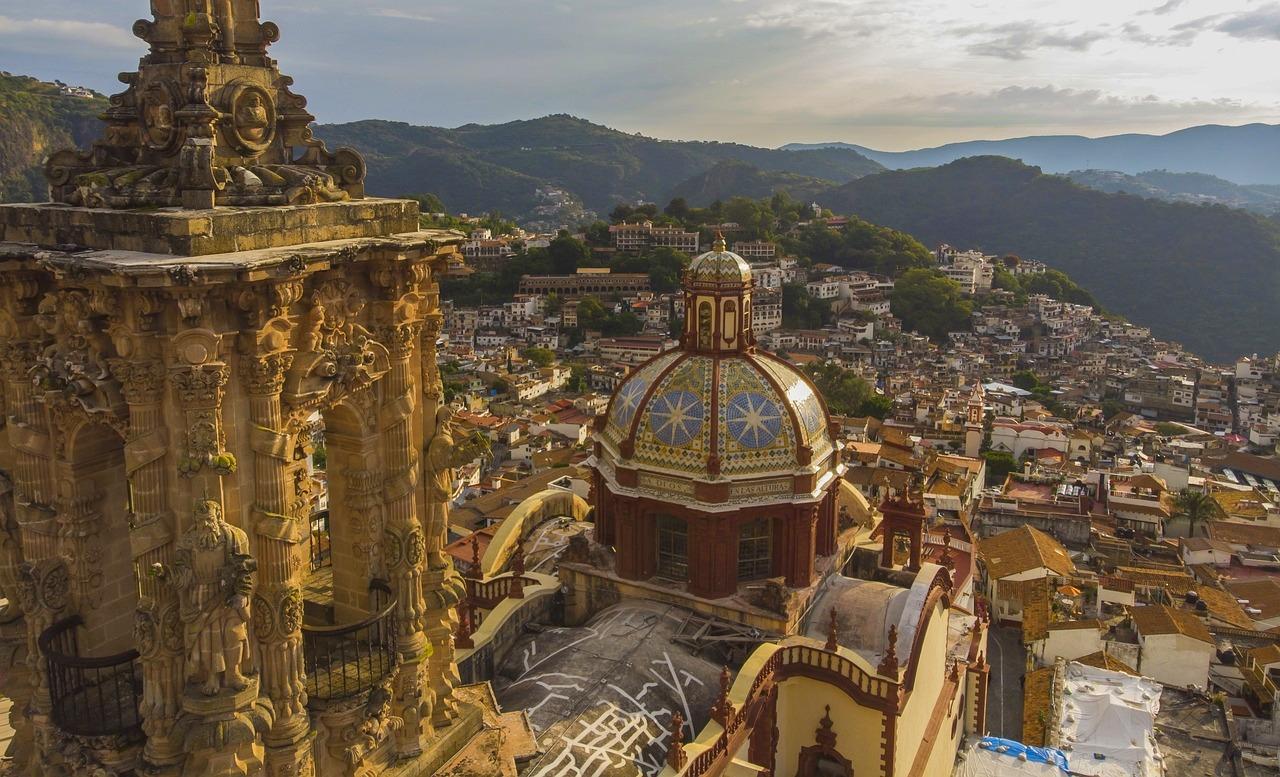
Spain
The Kingdom of Spain is a highly developed country in Western Europe, covering more than 80% of the Iberian Peninsula. Light industry, engineering, the development and implementation of innovative technologies and agriculture form the basis of the country's economy. International tourism also makes a significant contribution, with Spain traditionally being one of the three most visited countries. Visitors are attracted by the country's well-developed infrastructure, historical values and magnificent seaside resorts, and it leads the northern hemisphere in the number of Blue Flag beaches. Spain has a rich cultural and historical heritage, with an impressive list of native talent in literature and painting, music and architecture. The names of Antoni Gaudi, Luis Montaner, Pablo Picasso, El Greco and Enrique Granados are written in golden letters in the history of world art.
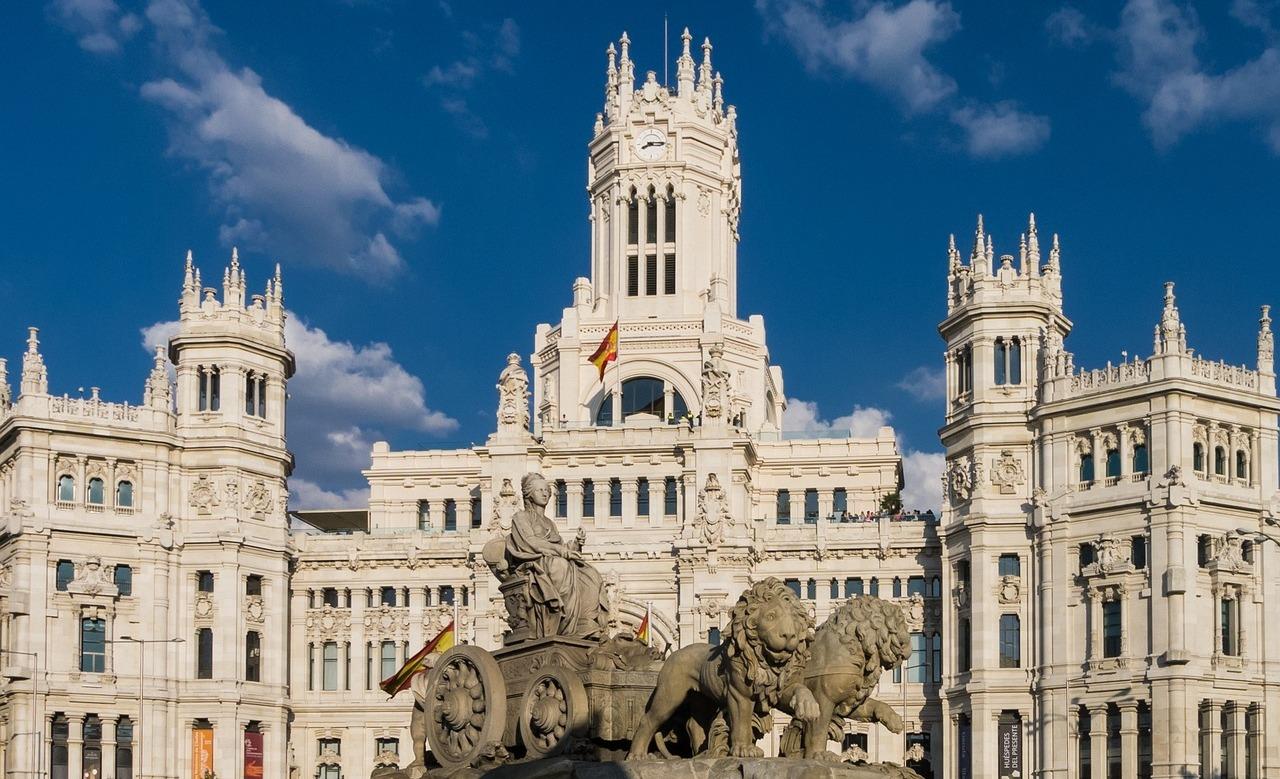
The architecture of the past centuries, shaped by many temporal and cultural factors, is striking in its beauty and diversity. The Romans, for example, left aqueducts and amphitheatres, while the Arabs built palaces and mosques. Spain's architecture was greatly influenced by the Renaissance, when majestic castles and cathedrals were built, their spires piercing the sky. Barcelona and Marbella, Madrid and Toledo have preserved their historic buildings, which served as the basis for their further development. During the colonial period, the Spanish style spread and took root in Latin America. In terms of UNESCO World Heritage Sites, Spain ranks a respectable second in the world.
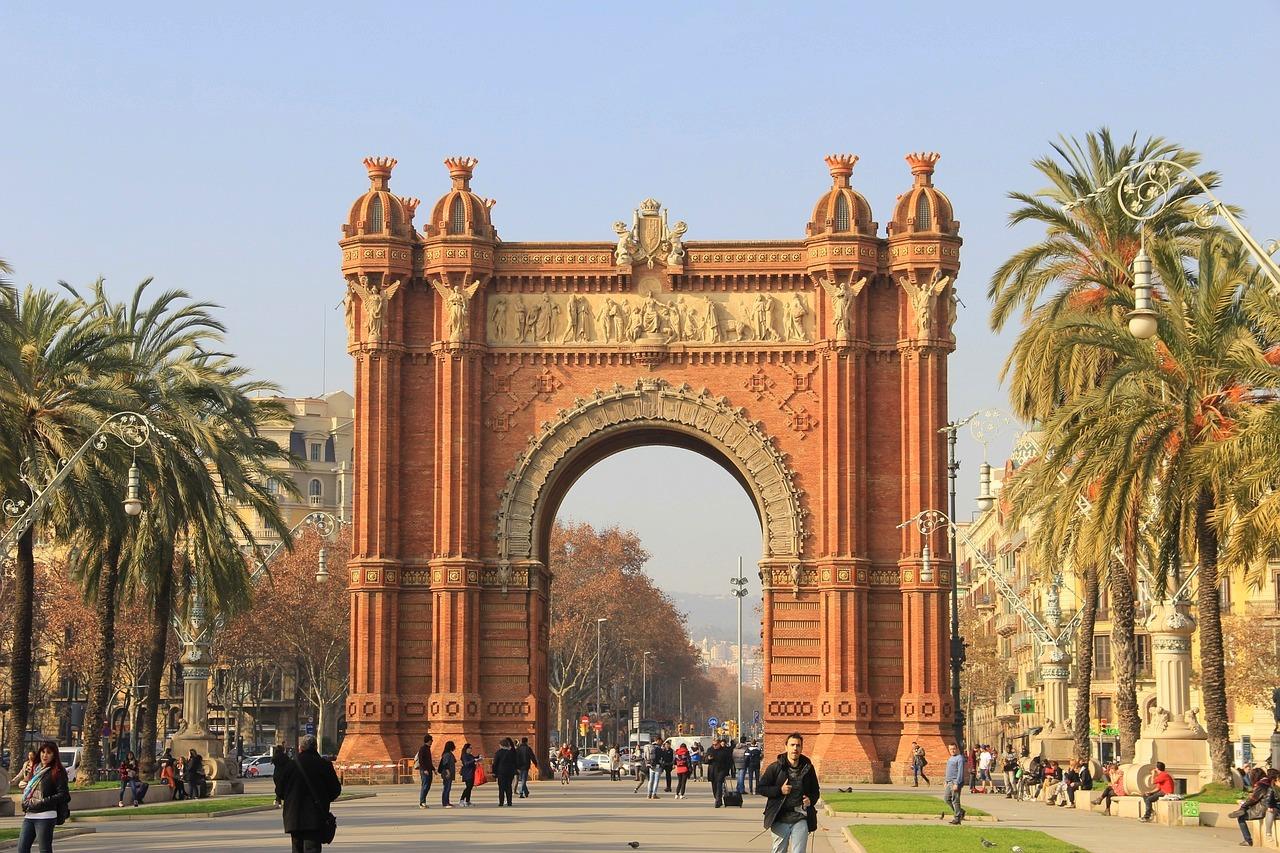
Read also:

